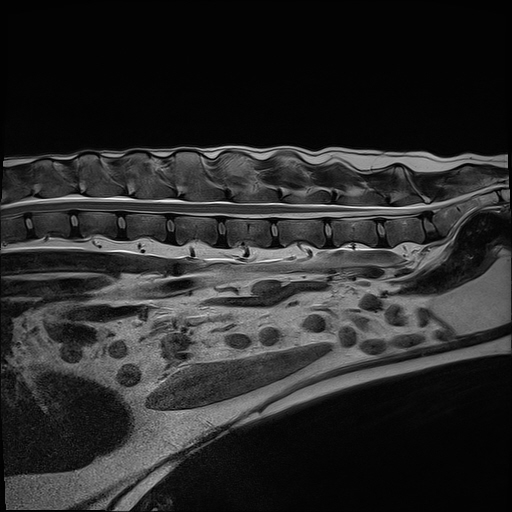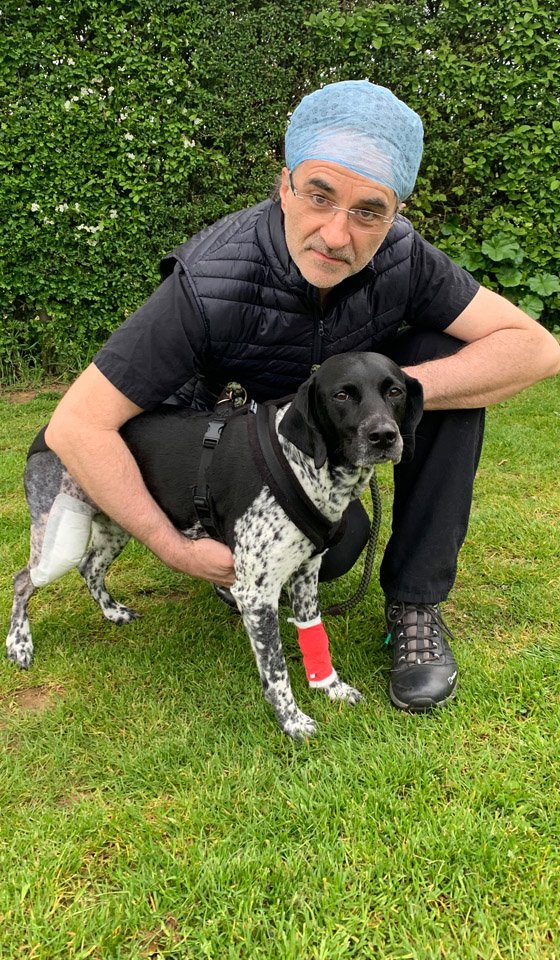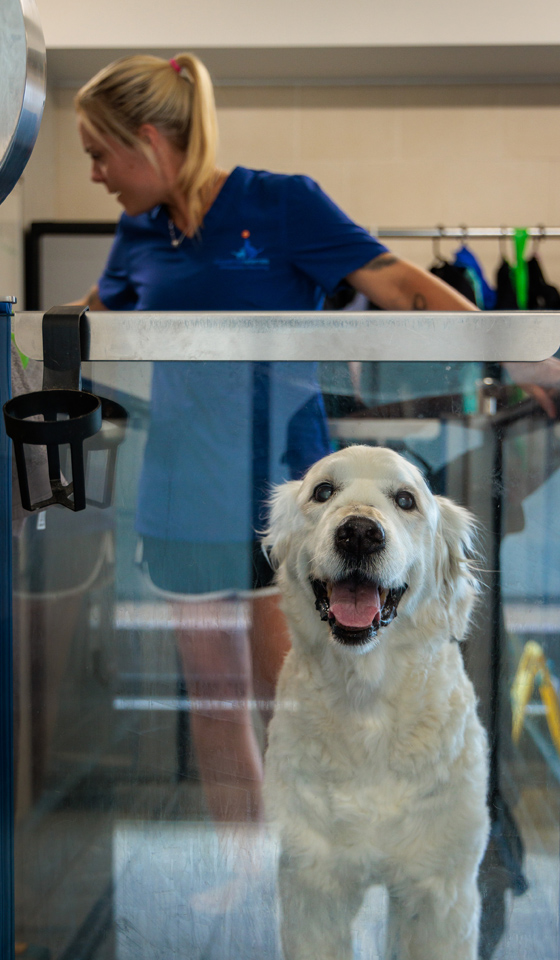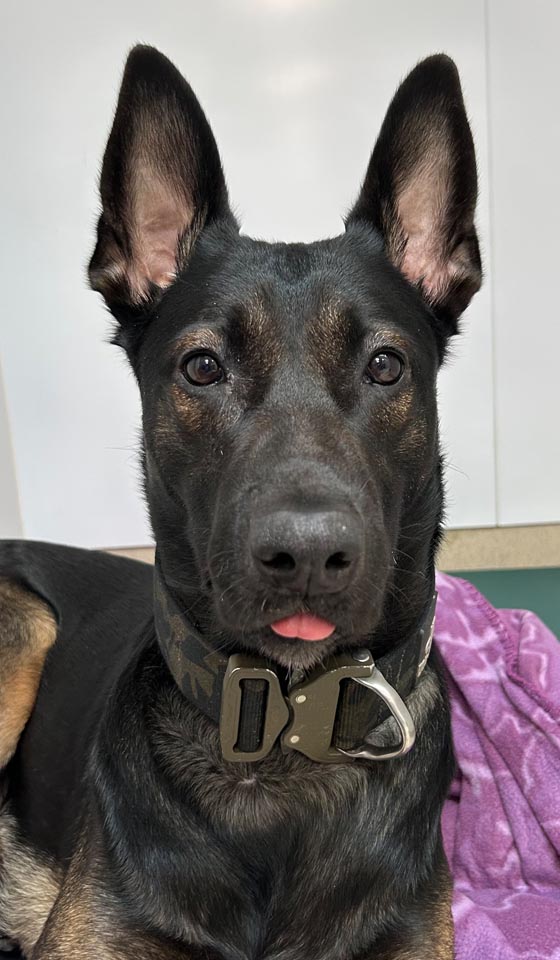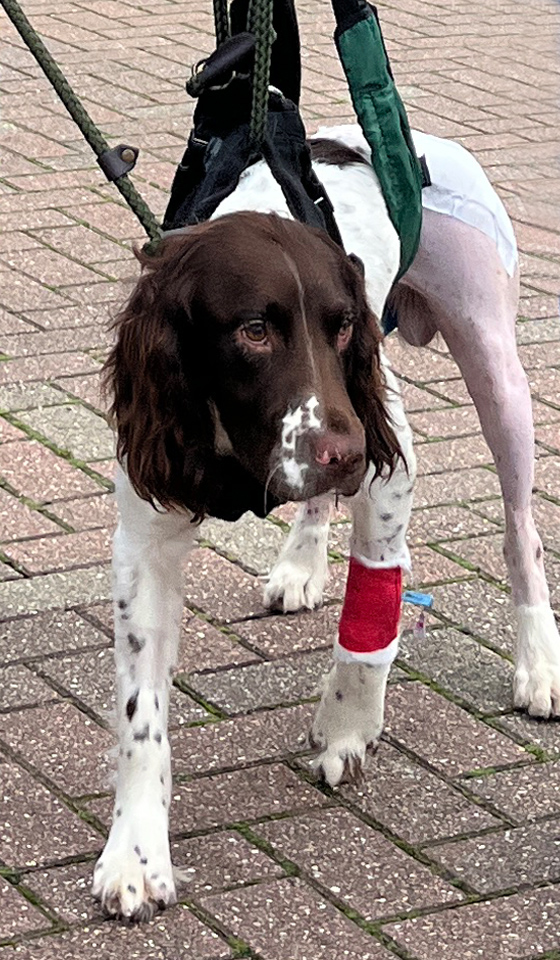Degenerative myelopathy (DM) is a progressive disease and physiotherapy and hydrotherapy can be involved at any stage. For optimum care, early intervention is key.
Aims of rehabilitation
The main aim of rehabilitation of degenerative myelopathy is to delay the progression of the condition and enhance quality of life.
Consideration needs to be paid to:
- Maintenance of mobility and gait patterns
- Prevention of any tightening of soft tissues such as tendons, muscles and ligaments
- Maintenance of muscle mass
- Enhancement of balance and coordination
- Prevention of injury that might occur as a result of the existing issues.
Physiotherapeutic treatment options
The list of treatment options available in the management of DM is extensive but can include the following:
- Advice regarding exercise modification and avoidance of fatigue
- Active and passive exercises
- Strengthening of muscles using a combination of exercise, hydrotherapy and muscle stimulation
- Very occasionally pain relief using laser and/or transcutaneous electrical nerve stimulation (TENS) for any compensatory issues
Hydrotherapy treatment options
Water-based exercise in the pool, on the underwater platforms or in the underwater treadmill is a crucial part of rehabilitation when a dog presents with DM. The buoyancy of the water provides support against gravity and allows more effective exercise of the weakened areas of the body. Depending on the severity of your dog’s clinical signs, the amount of support can be varied affecting how much effort will be needed to complete the exercises.
What can I do to help my dog at home?
Our chartered physiotherapist will devise a home exercise plan for you to follow at home in-between outpatient visits to our rehabilitation centre and will also give advice regarding Activities of Daily Living (ADL), examples might be:
- The use of suitable bedding to prevent pressure sores and to allow more stability during postural changes
- Feeding positions to allow greater stability
- Avoidance of slippery floors.
Should it be necessary, there are also many assistive devices available – these might include boots to prevent sores on the top of the paw as a result of scuffing, various harnesses and slings to provide mobility support and gym balls. Should it also be required then the physiotherapist can also advise you on the use of a canine mobility cart.
Regular re-evaluation and appropriate adjustments to the rehabilitation programme are vital in the management of DM. Outpatient appointments can be made through our rehabilitation centre.
